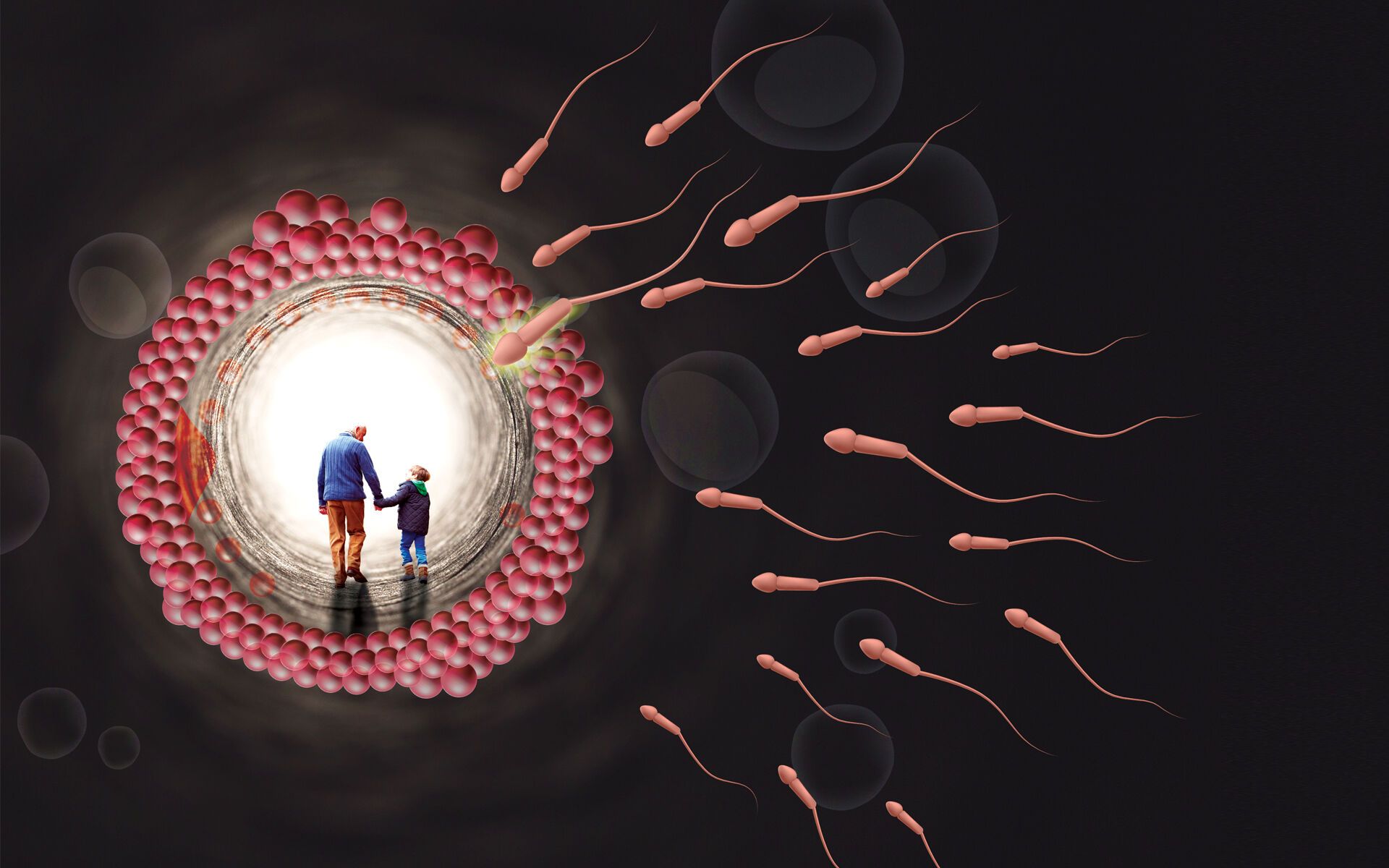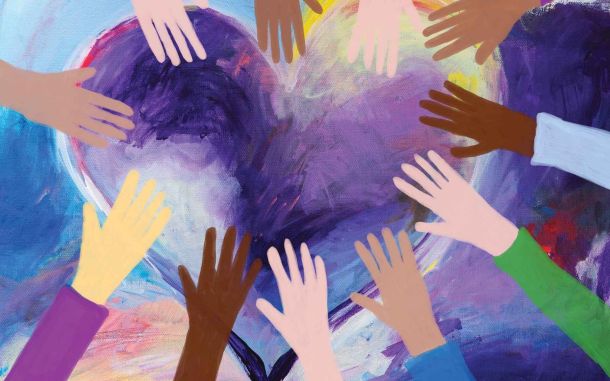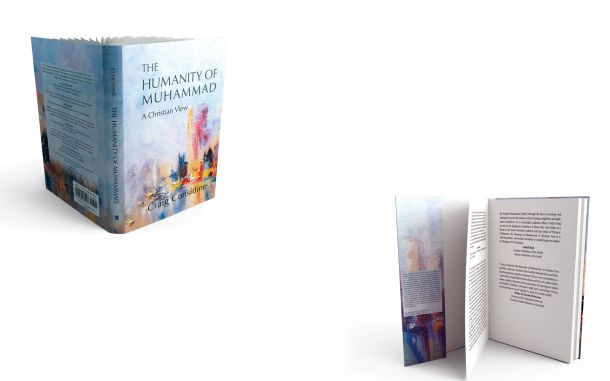Dying and Living Twice

In This Article
-
Death is not the end; it is the beginning of a new life. The first death is the death of the sperm and ovum after fusing with each other and their clinging as a “clot” to the inner layer of the womb, which can be considered a grave, so that they can start a new life. This first death is a means for being born to this World.
-
The death at the end of the life in this world is the “second death,” referenced in the verse, and as a result of this death, one will be resurrected for a second time in the eternal world.
“They will say: ‘Our Lord! You have made us die twice, and given us life twice, so we acknowledge our sins. Is there, then, any way to get out?” (al-Mu'min 11)
The verse refers to dying twice. This entails that one has to be alive before each death. Before fertilization, both sperm and ovum are alive, and with fertilization, they complete their functions and die. The duty of the sperm and ovum are to add 23 chromosomes each to make 46. In the zygote phase (nutfah in the Qur’anic description), the sperm and ovum die, only to acquire a new nature [1].
Of approximately 400 million sperms, each having 23 chromosomes, only one can enter one ovum, having the same number of chromosomes. Thus, the lover meets the beloved, but their fusion results in both of their deaths: as the sperm enters the ovum, the process by which two cells die starts. The membrane at the head of the sperm disintegrates upon collision with the ovum, and the sperm uses an enzyme that is secreted upon this collision to pierce through the membrane of the ovum and enter inside. During this short-lived “welcome” ceremony held for only one cell, all border crossings are closed with an electrical activity inside the ovum. There is no room for another lover in the heart of the beloved as it has found its lover.
Multiple pregnancies occur either when several ova are fertilized by a sperm each (dizygotic multiple pregnancies) or when the fertilized ovum or zygote splits into two at an early stage (enzygotic multiple pregnancies).
In the process of this first death, the tail and membrane of the sperm disintegrate. 23 chromosomes, which the sperm is required to deliver to the ovum, are located at its head, which is 4,000th of a millimeter wide. When these chromosomes fuse with the other 23 chromosomes at the center of the ovum, i.e., when the mission is accomplished, the process of death commences.
Sperm cells are produced in a male’s testes, and their journey begins there; they travel a long way to meet the ovum of the mother. The distance an average size sperm travels is proportionately equivalent to almost 2.4 million km for a human with an average height, which means traversing the world’s 40,000-km circumference 60 times. A sperm has a length of 25-350 micrometers [2].
In this voyage, the sperm attains a speed of 40 km per hour. If we compare it with the running speed of a human being, this is like a person running at a speed of 600,000 km per hour—i.e., approximately 500 times the speed of sound [3].
Although some 400,000 ova are produced, only 400 of them are delivered to the womb via tubes from the ovaries.
This voyage culminates in the formation of a zygote. As such, both the sperm and the ovum have performed their duties, i.e., bringing together 23 chromosomes from each, before dying. Meanwhile, some 400 million sperms competing with each other to reach the ovum first secrete certain enzymes to help the winner of the race. In a sense, they die a sacrificial death.
This process, starting with the formation of a zygote, is described in the Qur’an as follows:
“We created humankind (in the very beginning) from a specially sifted extract of clay. Then We made it into a fertilized ovum in a safe lodging. Then We created of the fertilized ovum a clot clinging (to the womb wall), and (afterwards in sequence). We created of the clinging clot a (chew of) lump, and We created of (a chew of) lump bones, and We clothed the bones in flesh. Then We caused it to grow into another creation. So Blessed and Supreme is God, the Creator Who creates everything in the best and most appropriate form, and has the ultimate rank of creativity” (al-Mu'minun, 23:12-14).
We can say that human beings are created in the womb in seven phases:
- sifted extract of clay (organic and inorganic elements, protein soup)
- zygote (nutfah)
- clot
- chew of lump
- creation of bones
- clothing bones with flesh
- causing it to grow into another creation (blowing of the soul).
Death is not the end; on the contrary, it is the beginning of a new life. The first death, mentioned in the verse, is the death of sperm and ovum after fusing with each other and their clinging as a “clot” to the inner layer of the womb, which can be considered a grave where they can start a new life. This first death is a means for being born to this world. The death at the end of the life in this world is the “second death,” referenced in the verse, and as a result of this death, one will be resurrected for a second time in the eternal world. God knows best.
In Sura an-Najm, there is another subtle coincidence related to human being's being born twice and dying twice: “And He it is Who (by His Will, Power, and creation) enables to laugh and to weep. And He it is Who causes to die and gives life” (an-Najm, 53:43-44).
In the 43rd verse, laughing is mentioned before weeping, while in the 44th verse, death comes before life; in other words, laughing is linked to death while weeping is associated with life. When the sperm and the ovum, in a sense, die when it clings as a clot to the womb, this sends a signal to the mother, telling her that her pregnancy has started. The embryo being buried in the grave of the womb is the first death. This news brings happiness to the parents, making them laugh. Nine months later, the child is born, crying.
The sperm and the ovum perform the function of bringing together the sound chromosomes. When they fuse, they die a sacrificial death in order to be resurrected. Just as sound chromosomes brought by the sperm and the ovum are means for the birth of a sound body, the righteous deeds we brought to the Hereafter may be means for us to earn God's mercy and right to enter the Paradise. Our duty is to be diligent about faith and righteous deeds, safeguard them carefully, and take them safely to the eternal abode. The road is a long and arduous one, with many predicaments, but the destination is very beautiful and worth everything. In all of these processes, God knows every lodging and disposition.
“No living creature is there moving on the earth but its provision depends on God, and He knows its every lodging and disposition (every stage of its life), and the duration of its stay, and the moment of its transition therefrom. All is in a Manifest Book” (Hud, 11: 6). [4]
Ziya Pasha:
“I glorify God, Whose art amazes the minds
and incapacitates the elites of science, art, and virtue.”
Footnotes
- Nutfah is the water-like liquid reproductive substance. In the Holy Qur'an, nutfah means the single cell that results from the fertilization of the ovum with a sperm. In embryology, this cell is called a “zygote.” In the late 18th century, it was understood that human beings are created from zygotes. Yet, the Qur'an clearly states this fact in this and many other verses. (See Suat Yıldırım, Kur’an-ı Hakim'in Açıklamalı Meali̇ (Annotated Translation of the Holy Qur'an), Istanbul: Define Yayınları, 2007, p. 348).
- R. Baker and M. Bellis, “Number of Sperm in Human Ejaculates Varies in Accordance with Sperm Competition Theory”, Sperm Competition in Humans, Ed. T. K. Shackelford and N. Pound, Boston: Springer, 2006, pp. 131–134.
- NASA's Parker Solar Probe reached a velocity of 532.000 km per hour.
- Elmalılı Hamdi Yazır, Hak Dini Kuran Dili, Istanbul: Eser Neşriyat ve Dağıtım, 1979, Vol. 4, p. 2757.









